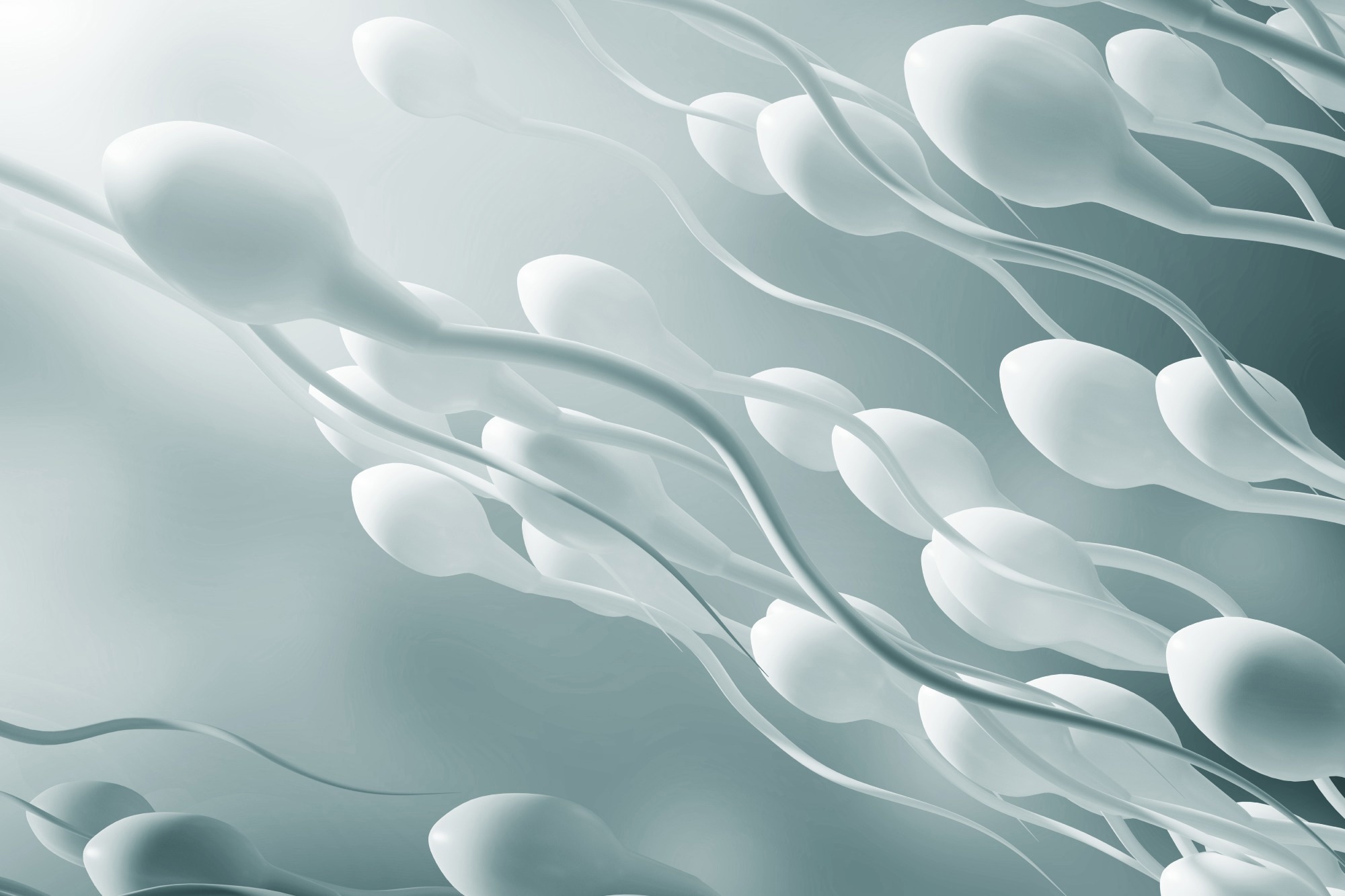In a recent study published in Scientific Reports, researchers analyzed the relationship between semen microbiota and changes in semen parameters.
 Study: Semen microbiota are dramatically altered in men with abnormal sperm parameters. Image Credit: KateStudio/Shutterstock.com
Study: Semen microbiota are dramatically altered in men with abnormal sperm parameters. Image Credit: KateStudio/Shutterstock.com
Background
Male infertility has been increasing and is not fully understood despite scientific and research advances. The etiology of abnormal parameters in semen analysis (SA) is unknown in nearly a third of cases.
The microbiome has been implicated in human health and disease, and analyses have been extended to explore the semen microbiome and its role in male infertility.
Only a few studies have assessed the semen microbiome, and even fewer have explored it in the context of fertility.
One study examined the semen microbiome profile and highlighted the differences in alpha and beta diversity between infertile males and healthy controls; moreover, the study revealed an association between total motile sperm count and the genus Pseudomonas.
Another study reported that males with non-obstructive azoospermia had changes in the beta diversity of the semen microbiome compared to healthy controls.
About the study
In the present study, researchers examined the relationship between the semen microbiome and changes in SA parameters.
Adult males (≥ 18 years) presenting for a fertility evaluation and those with biological paternity before vasectomy were recruited between August 2021 and June 2022. Data on age, circumcision, body mass index (BMI), alcohol use, and smoking status were collected.
Participants provided semen samples after two to seven days of abstinence. Samples were collected before pharmacological or surgical interventions for fertility.
A calibrated automated semen analyzer was used to evaluate semen. High-powered microscopy was used to examine samples with azoospermia or oligozoospermia. The total motile sperm count was estimated.
Semen pH, volume, motility, strict morphology, and concentration were determined. DNA extraction, amplification, and sequencing of 16S ribosomal RNA (rRNA) V1-V2 regions were performed.
Bioinformatic curation, quality control, and data analyses were performed. Bacterial community coverage was estimated using the Good’s coverage formula.
Alpha diversity was estimated using the Hill1 diversity, phylogenetic hill1 diversity, and operational taxonomic unit (OTU) richness indices. Beta diversity was assessed by weighted UniFrac distances and clustered qualitatively using principal coordinate analysis (PCoA).
Samples were classified as normal or abnormal based on SA results. Canonical correlation analysis measured the association between participant metadata and the relative abundance of species.
Findings
Overall, 73 males aged 37.94 with a BMI of 26.73, on average, were included. Around 78% of them were circumcised. Participants were stratified into three groups: 1) normal sperm motility and concentration, 2) normal sperm motility, and 3) normal sperm concentration.
There were no differences in BMI, age, circumcision status, alcohol intake, or smoking history among groups. Participants recruited during fertility evaluation were sexually active.
Sexual activity was unknown for those recruited before vasectomy. Alpha or beta diversity was not significantly different among groups. Bacterial communities were similar when evaluated using PCoA with weighted UniFrac distances.
Further, the most abundant species were overlapped considerably. Corynebacterium tuberculostearicum, Enterococcus faecalis, Finegoldia magna, Lactobacillus iners, and Staphylococcus epidermis were always the top five species.
Analysis of microbiota composition with bias correction revealed that individuals with normal parameters on SA (group 1) had a higher abundance of S. hominis but a lower abundance of Peptoniphilus coxii than participants with at least one abnormality in SA.
Individuals with normal sperm motility (group 2) had a reduced abundance of L. iners compared to those with abnormal motility.
The abundance of Pseudomonas stutzeri, Paraburkholderia phenazinium, and Pseudomonas fluorescens was lower in the third group. At the same time, that of Pseudomonas putida was higher in males with normal sperm concentration than those with abnormal concentration.
Participants’ age, semen volume, sperm motility, and concentration were significantly associated with the composition of bacteria.
Conclusions
The findings suggest that a subset of microbes has a role in altered SA parameters. L. iners strongly differentiated males with normal SA parameters from those with abnormal parameters.
L. iners was particularly enriched in the semen microbiota of males with abnormal sperm motility.
While prior studies indicate a negative role for this species in fertility, most studies were related to female factors and vaginal microbiome.
The findings suggest that a small subset of microbes may have a critical role in male fertility. While the results do not indicate causality, they may inform future studies to delineate the relationship between semen microbiota and fertility.